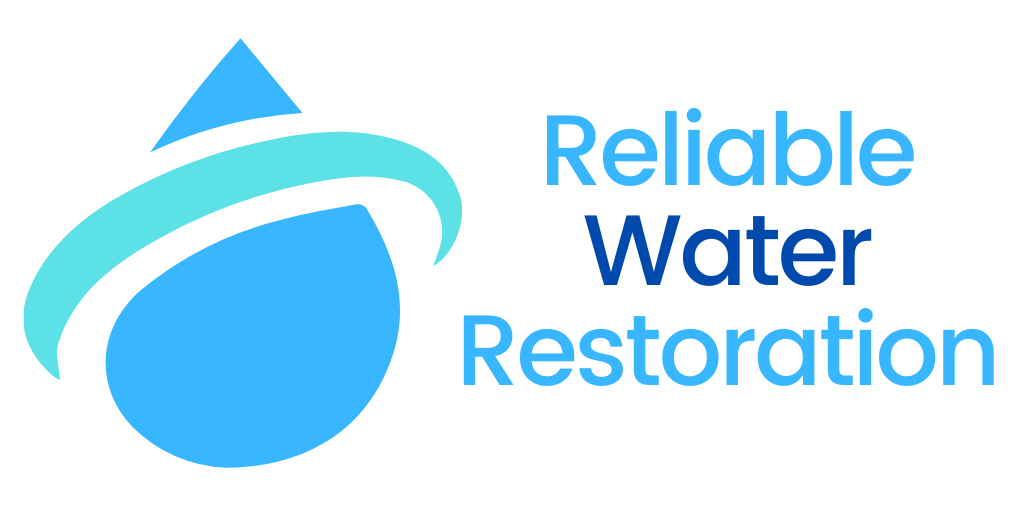Hurricanes worldwide cost an average of $26 billion annually, which can lead to large property damages. It’s important to stay informed about how to prepare for a hurricane and what action you should take during one.
How To Prepare For A Hurricane
Step 1: Plan
The first step to take when preparing for a hurricane is to make a plan of what information & procedures need to be taken if it does happen. Your plan should include:
- Contact details – family, work places, friends, emergency services, schools
- Maps with at two evacuation routes marked, at least – hurricane evacuation routes are signposted (in high-risk states)
- Insurance details – ‘before’ photographs of your property, policy, claim process information
- Details of nearby shelters
- An inventory of your possessions – in case anything is damaged
In preparation for a hurricane, have a plan in place with family and friends so when the storm occurs everyone knows what needs to be done.
Step 2: Create A Disaster Kit
In case of a hurricane, prepare a disaster kit with supplies that last for several days. For instance, include things such as:
- Stockpile foods and water. It is best to store at least three days’ worth of food and enough water for every person and animal in the home.
- Flashlights and batteries
- Medicines and first aid supplies
- Portable radio and mobile phone
- Maps of the local area
- Toiletries
- Money (cash)
- Portable generator
If you’re going to be at home when the hurricane hits, make sure you fill up all available containers with water beforehand, including sinks and bathtubs.
Stock your fridge and freezer with water and ice. If the hurricane is major (Categories 3 or higher), water supplies are not likely to be up or running properly for 2-3 days after the storm.
NOTE: In order to avoid sickness-inducing bacteria that’s been found in water from the taps, boiling your drinking or cooking water for a couple minutes is recommended.
More about Storm Damage Cleanup
To maximize space in your fridge, only buy the things that won’t go bad. Pick foods like canned meat, vegetables, and fruit instead of packaged meals.
Make sure you have an emergency kit at your house and one for when you need to leave. It should contain all the supplies you might need in case of any type of disaster.
In areas where hurricanes are common, it’s important to always have a kit in your car at all times. This includes having enough fuel to drive out if necessary.
Step 3: Establish A Safe Room In Your House
Even though you’d like to evacuate during a hurricane, this might not always be an option. Identify the room in your house that would offer the most protection while you’re there and try to talk with your neighbors about safety plans too.
The ideal safe room would have no windows or external doors and be on a low level of the building. Store your household’s disaster kit & hurricane plan in this room so it is accessible at all times. If a hurricane is approaching, you should move water and food into a higher location.
Read more: Winter Home Preparedness
When bunkering down for a hurricane, you should never go into a basement. Because hurricanes often bring flooding, it’s important to keep the shelter on ground level to avoid flooding. If possible, add a plan of action if things get worse and move to higher levels in your building.
Please visit FEMA’s website for more information about the development of safe rooms.
Hurricane Insurance
Damages done by hurricanes are usually inflicted by wind and flooding which can be costly losses. It is best to have an early conversation with your insurance providers so you understand what you need in terms of coverage.
If you live in an area known for hurricanes, it’s likely that you already know about the high cost of the damage they can cause. One way to limit this is by taking out multiple homeowners insurance policies. Policies to consider may include:
- Wind coverage
- Homeowners, condo insurance, renters
- National Flood Insurance Program (NFIP) – for property damage up to $250,000 and possessions up to $100,000
- If you have over $250,000 in property or $100,000 worth of possessions it’s highly recommended that you invest in additional flood insurance from a private provider
If you want to be fully covered, it might be time to contact your insurer and find out their options for dealing with this type of problem. Or you can wait until the season starts and hope it’s not too late. Insurance policies usually have waiting periods – so if this is a risk you’re taking, consider adding the required coverage before they start.
More of our locations
